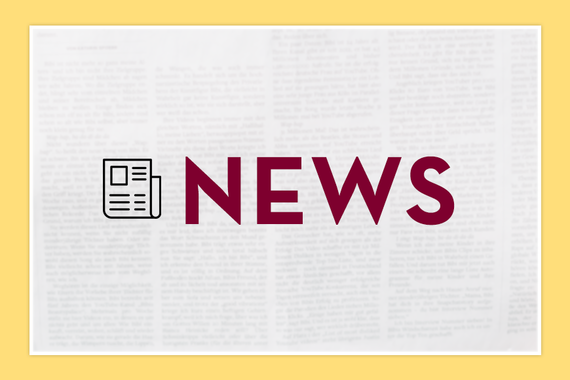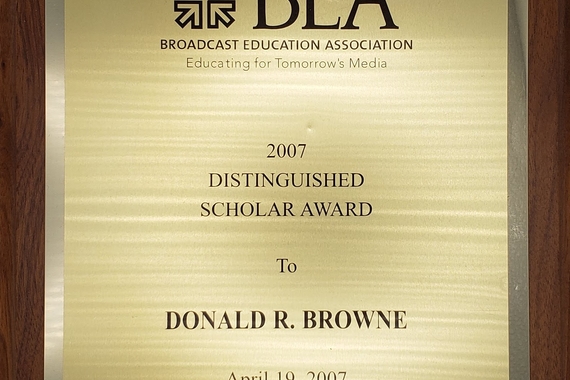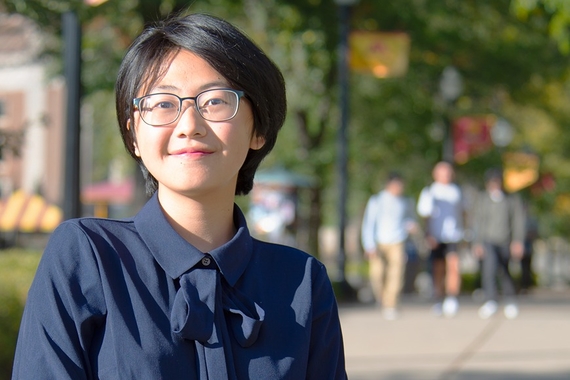From Finland to Minnesota: A Perspective on Migration Studies
How do art, communication studies, and migration intersect? Visiting Professor Karina Horsti explores how creative research practices help scholars, students, and communities understand the repercussions of forced migration. In the Nordic region, she contributed to a variety of artistic and outreach projects, such as sound artworks and comics related to deportation of asylum seekers. Now, during her appointment with the Department of Communication Studies, Horsti will continue to expand upon her research in a new region of the world.
What brought you to the University of Minnesota?
For the next two years, I will hold the position of Government of Finland/David and Nancy Speer (GOFDANS) Visiting Professorship in Finnish Studies. For most of my academic career I have been in my home country Finland. This position offers me an opportunity to discuss my research with scholars and communities in the United States and to realize my new ambitions.
While at UMN, I will explore how arts and creative multimodal research practices—ways of both doing and presenting research—contribute to critical understanding of forced migration. I believe that the College of Liberal Arts at large is the perfect environment to continue methodological experiments. Intersections between arts, culture, and society are at the core of the college, and I envision initiating innovative and multidisciplinary collaborations in teaching, research, and public outreach in the intersections of arts, refugees, and human rights issues.
What are your areas of specialty? How did you become interested in what you study and teach?
My scholarly work focuses on the intersections of media/communication research and migration/refugee studies. In my 20 years as a scholar, I have become a leading expert in this increasingly important research area.
I have established a multi-modal research practice that emphasizes creative and experimental methods and engagement with communities, artists, museums, and activists. I collaborate with communities that are the focus of my projects, co-analyze images and text with research participants, co-curate archives, and co-publish in non-academic formats.
In recent years, I have organized several scientific and creative outreach activities. For example, I co-created an exhibition about migrant deaths at Europe’s sea borders with a maritime museum in Gothenburg, Sweden. Multimodal research and outreach motivate my research and develop me as a scholar.
What questions and ideas are you most interested in exploring right now? What problems does your work seek to address?
My latest book, Survival and Witness at Europe’s Border: The Afterlives of a Disaster, will be published by Cornell University Press in August 2023. This book develops the concept of survival to rethink migration and deaths at borders, looking beyond the systems and actions that create deadly borders and that are the focus of critical migration studies.
I am excited about launching the book when I start my work at UMN and look forward to discussing this topic that is pertinent not only at Europe's external borders but also at the border between Mexico and the United States and globally. There are many similarities but also differences. I believe that conversations across research sites, disciplines, diasporic communities, arts, and academics are the way to move beyond the horrific present that many refugees, migrants, and even citizens live through.
What courses are you currently teaching or looking forward to teaching soon? What's special about them?
In the fall term I will teach a course on media literacy. We will learn different methodologies to analyze mediated visuals, text, sound, and multimodal materials. In the spring, I will develop a course that explores media and memory. Media shapes how we approach the past and how the past is used in the present day. We will also think how the media shapes the way in which the present is seen in the future.
In the spring, I will also teach an introductory media studies course, which is a new adventure for me. My career has been research-focused, and I've instructed more advanced students in the past. This will be an exciting opportunity to rethink fundamentals in our field. I will bring lots of examples and problems from my own research that focuses on Nordic countries in Europe, whose societies have been mediated or permeated by mass media.
What are some takeaways students will get from your courses?
My expertise is in ethnographic methods and textual and visual analysis. Students will learn critical thinking and become familiar with issues that are pertinent in Europe, particularly in the Nordic region. We will do lots of applied problem solving, analytical exercises, and think about how citizens can actively engage in mediated societies.
In my smaller group classes, there will be a lot of discussion, assignments, and activities outside of the classroom in addition to written and oral assignments.
Are you involved with any community-engaged projects? Who are you partnering with and what are you learning and doing?
In Minneapolis, I hope to engage with Finnish and Scandinavian communities as well as refugee communities.
What are you most excited about right now?
I'm most excited about multi-modal research practice that emphasizes creative and experimental methods and engagement with communities, artists, museums, and activists. My challenge is to bring these insights from my research practice into classrooms.




